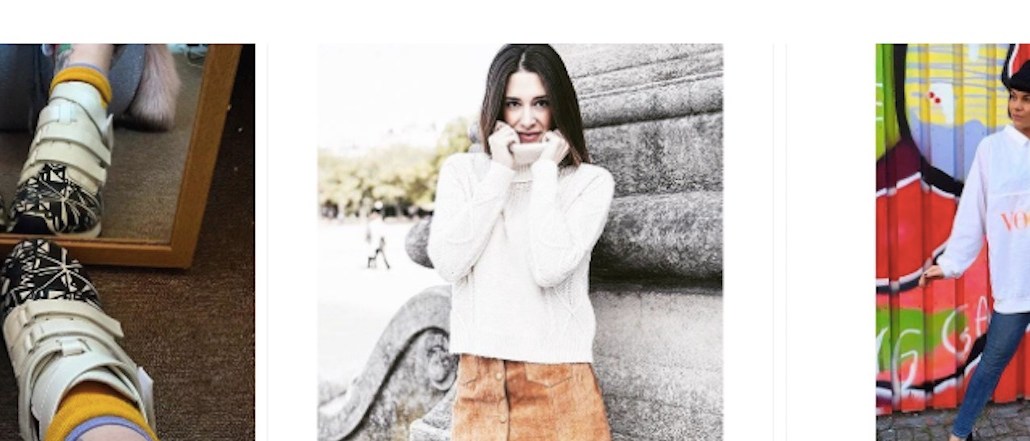
Social commerce is just a pre-teen in Internet years: awkward, ungainly and suffering a few growing pains. But increasingly, brands are throwing their money into it, prepping it for its big coming out.
“In 2014, we had one client spending on social commerce; now I have 40 percent of clients going into 2016 using some form of it,” said Renee Mellow, head of paid social at Mediacom, Group M’s media buying agency for clients like Sony, eBay and P&G.
Brands have realized that social increases retail traffic more than any other channel, albeit from a smaller base, and have woken up to the fact that that’s where the engaged audiences are. “Clients that were focused on brand activity realize they are sitting on this data from users that are already interacting with their brand,” said Mellow.
Consumers are interested, too. Research from YouGov in September showed that a third of U.K. adults — some 16 million people — are at least willing to shop on social networks. That translates to a potential untapped market here of £900 million ($1.4 billion).
But social commerce is more than purchasing through platforms. Here are three brands that are doing it well.
Shoppable videos and Kate Spade
Interactive video has been around for a few years, but from a technological point of view, we haven’t come much further than early examples from Diesel and ASOS. Case in point — at Wired’s retail event in London last month, CEO of interactive video company Wirewax Steve Callanan demo’d his product with the same early 2014 example — a shoppable episode of TV series “Cougar Town.”
“New York designer Kate Spade has set a high standard with its#missadventures series,” said Lise Pinnell, head of strategy at social media agency We Are Social. Each episode is a self-contained story following the “misadventure” theme. The number of views on each episode has been growing; the most recent released in November has just over 2 million views on YouTube.
Ad position: web_incontent_pos1
“These videos combine storytelling techniques with product demos and finally, simple purchasing. It’s compelling, high-quality content that you really want to watch,” she said.
“The problem with these bespoke high-end pieces is the distribution, scaling and analytics,” said David Carr, strategy director at Digitas LBi. “YouTube is bringing TrueView ad units for shopping, which will address these problems. You can’t get much more scalable than a product within AdWords. Eventually, this can also open up avenues extending to vloggers.”
UGC and Monki
H&M-owned clothing brand Monki uses social integration on its online shopping page, #MonkiStyle.

Ad position: web_incontent_pos2
What differentiates this brand from others using UGC is its smooth tech integration, according to Pinnell: “It uses smart social integration on its online shopping page, inviting consumers to share their purchases on Instagram, then pulls these back into the product page. Shoppers can see exactly how items look when worn by real people, as well as get styling inspiration from the social community.” Adding UGC elements not only helps brands give buyers a voice; it’s cheap and low maintenance.
Visual search and Net-a-Porter
Visual search is one of the most interesting growth areas for social commerce: Pinterest’s purchase of VisualGraph, especially, makes it one to watch. There’s also a growing number of smaller companies doing things in this space, like Scout and Cortexica, which is used by Net-a-Porter’s Net Set for image recognition. The idea is that people will soon be able snap an item in the street and get served an aggregation of the best prices for similar items.
The real opportunity here, according to Mellow, is with dark social, messenger apps and Snapchat, where you don’t always want people to know exactly what you’re buying.
“The future is the nexus of social and mobile,” said Carr. “The challenge is to channel the learnings into something scalable and reliable that does not lose the authenticity of social, something that doesn’t look to like merchandising.
More in Marketing

In the marketing world, anime is following in the footsteps of gaming
As marketers look to take advantage of anime’s entry into the zeitgeist, they might be wise to observe the parallels between the evolution of anime as a marketing channel and the ways brands have learned to better leverage gaming in recent years.

With the introduction of video ads and e-commerce, Roblox looks to attain platform status
Roblox is expanding into more areas than just ads in 2024. Much like platforms such as Amazon and Facebook have transcended their origins to evolve from their origins as online marketplaces and social media channels, Roblox is in the midst of a transformation into a platform for all elements of users’ virtual lives.

PepsiCo wants to remain a ‘driver of culture’ as it turns to influencers and activations amid rebrand
The soda-maker says it can translate cultural relevance into sales volume.
Ad position: web_bfu